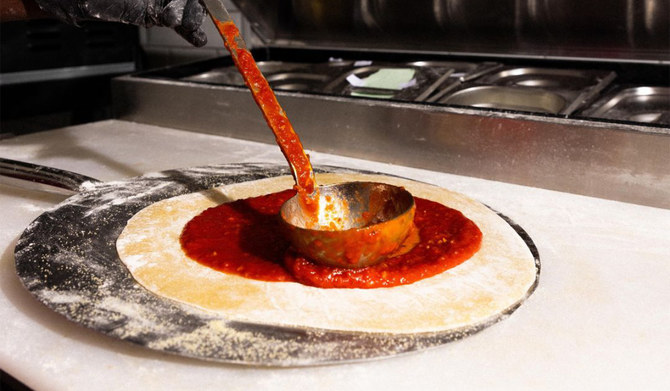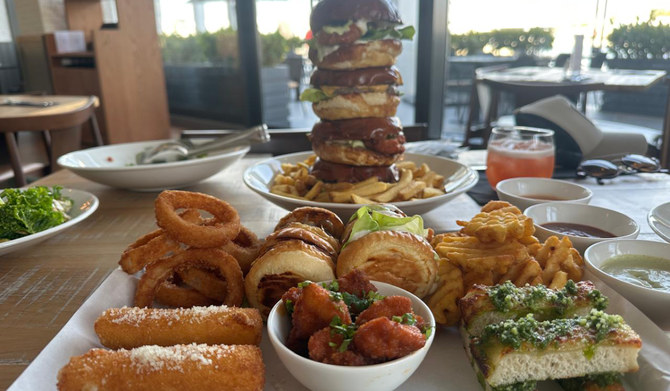Monitoring Desk
The government is exploring a ban on online advertising for foods high in fat, sugar and salt (HFSS). This follows its announcement that it will ban TV adverts for HFSS foods before 9pm and restrict promotion of them in medium and large retailers from April 2022.
But how does internet advertising influence our food choices and what other subtle marketing techniques are used in social media and on websites to persuade us to buy certain foods?
We’re spending more time on the internet than ever. Online retail sales in the UK increased by 16 percent in 2020, to more than a third of all sales. Mirroring this, internet advertising increased by 10 percent in the last quarter of 2020 alone, according to Advertising Association/WARC Expenditure Reports.
Adverts for high-calorie foods on television have been found to increase snacking among children and adults. The government consultation estimates a total online ban of adverts for HFSS foods would increase the UK’s quality adjusted life years (which take into account health) by 127,000 over 25 years.
Advertising on social media
People in the UK spent an “unprecedented” amount of time on social media in 2020, increasing exposure to digital marketing and advertising.
Online adverts commonly allow you to click a video or link to buy the product. The viewing experience is often identical to TV ads, so we can expect similar outcomes, including eating more and unhealthier food choices after exposure, according to Dr Emma Boyland, Senior Lecturer and lead for an appetite and obesity research group at the University of Liverpool.
Adolescents react more positively to adverts on social media for unhealthy foods than to those for healthier choices, according to Dr Boyland’s research. They view them for longer, are more likely to share them with friends, and rate peers more highly if they share this content on their feed. The participants could also later recall the unhealthy food brands more than the healthier ones they were exposed to. The Advertising Standards Agency also found some HFSS adverts to be in breach of the rules about advertising to children.
Many young people share accounts with adults, alter their age on their profile or aren’t signed in, and so are exposed to adverts for HFSS foods. “The government believes a total online restriction on HFSS advertising is required to effectively reduce children’s online HFSS exposure and signal to industry, consumers and parents the government’s determination to tackle it”, reads the consultation. The 9pm watershed, which will be introduced by the end of 2022, will apply to HFSS product adverts on apps, social media and games, including paid-for advertisements from influencers.

Influencer impact
Analysts predict the social media influencer market will surge in value to US$15bn by 2022, up from just US$8bn in 2019. While a survey suggests many users are sceptical about what some influencers say, research still shows they can have a strong influence over choices made by followers, particularly young people.
One study found exposure to influencers promoting unhealthy foods on social media increased children’s intake of those foods. Relationships can be formed between influencers and their followers, establishing a certain amount of trust, says Dr Boyland, who conducted the research. “They seem like a cooler brother or sister and those kind of endorsements can be very powerful”, she adds. Children have also been found to be significantly more like to prefer foods with a cartoon character on the packaging.
Influencers are required to state when a product is an advert. #Ad, #Sponsored or similar appears on posts to flag up that the influencer has been paid. However, Boyland’s research found this “didn’t reduce the impact of the marketing” and many “children don’t understand when they’re being marketed to”.
In April 2020, almost all children aged 8-15 had used a social media site or app, such as YouTube, Snapchat, Instagram and Tiktok, all of which advertise to their users.
Supermarket website promotions
Demand for online food shopping soared in 2020, due to the pandemic, and online marketing techniques reflect promotions used in stores.
One promotional technique used by supermarkets is to place items in locations that encourage impulse buying – sales of carbonated drinks have been found to increase by 52 percent when they’re positioned at the end of an aisle. Websites use similar tactics, giving foods they want to promote a prominent position on the page.
Multi-buys feature online too. An Obesity Health Alliance (OHA) survey from December 2020 concludes several supermarkets “are heavily using multi-buys to promote HFSS products to online shoppers”. It also states most supermarkets that use multi-buys to sell confectionary place these “offers at the top of the page so that they are viewed first”. It concludes they can result in “unplanned additional purchases of unhealthy items.”
In fact, the government found in 2015 that the UK probably spent more on food products on promotion than any other major European ecoomy.
Tips for healthy food shopping
Once you’ve bought an item from an online supermarket, it is “more likely for that product to be suggested to the customer again in the form of ‘recommended for you’ or ‘usually bought next’”, says the OHA, potentially turning what could be a one-time treat into a routine. Following a few simple tips can help you shop more healthily: make a meal plan, write a shopping list and stick to it, never shop when you’re hungry, and think carefully before buying special offers. You could even write yourself reminders to shop healthily – BBC series Trust Me I’m A Doctor found sales of fruit and veg increased as a result of regular prompts to buy it.
Courtesy: BBC








